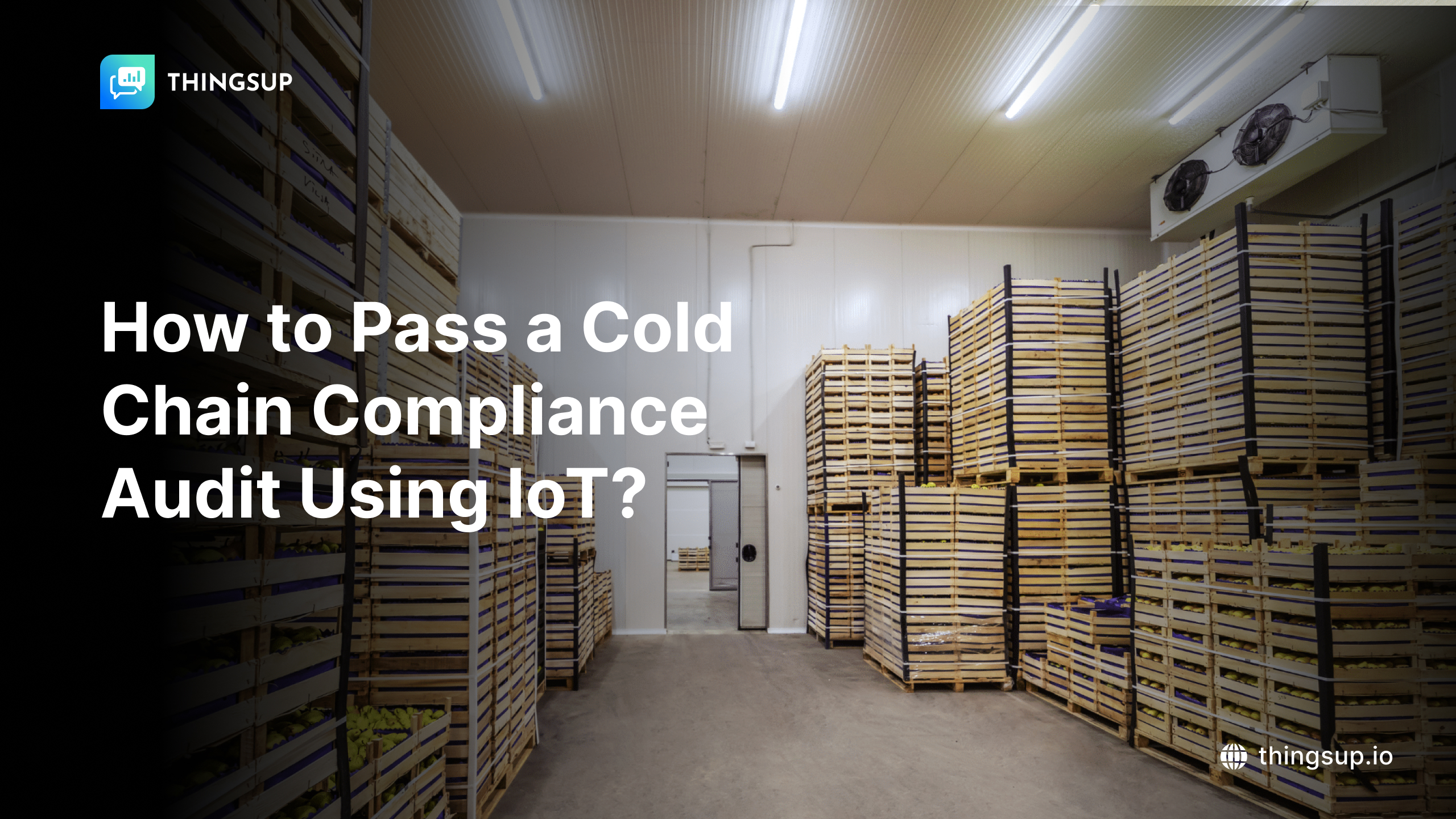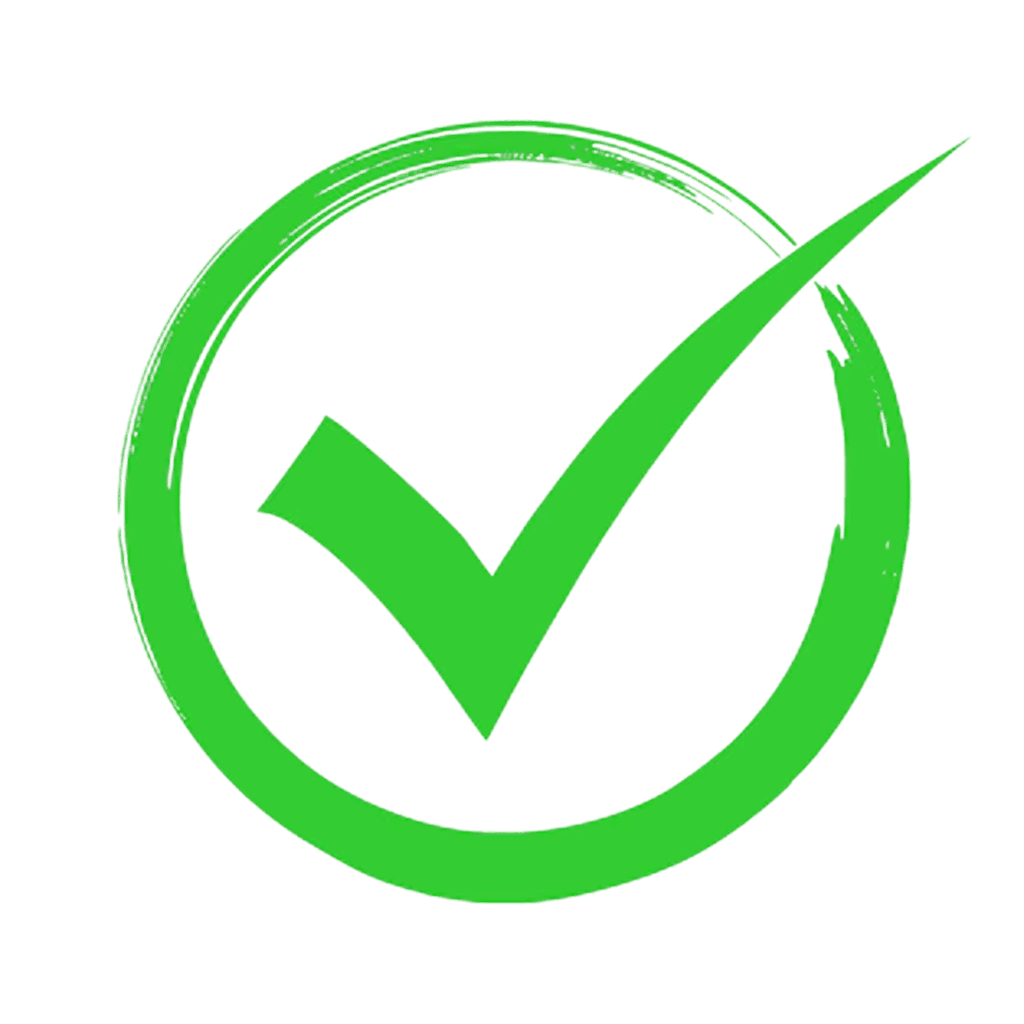Amid growing competition and evolving regulations, maintaining compliance in cold chain logistics has become more critical than ever.
Businesses now need to collect accurate data on their temperature-sensitive products to reach customers safely and in optimal condition, and neither the company nor the customers are harmed.
Protecting those goods with specific environmental conditions is increasingly important for companies that handle pharmaceuticals, food, or perishable goods,
Here, IoT platforms hold a very important place in cold chain monitoring. With their help, businesses can automate goods tracking, streamline audits, and make compliance a more manageable task.
In this blog, we will discuss how IoT can be strategically used to simplify every step of the compliance audit process and ensure businesses stay audit-ready and can pass with ease.
Why is Cold Chain Compliance Critical?
Cold chain compliance audits are conducted to verify whether businesses handling temperature-sensitive products comply with temperature and environmental regulations.
If these businesses fail to follow these compliances, action is taken against them, such as they are imposed with a fine, their license can be canceled, or their products can be recalled.
Here’s why maintaining compliance is essential:
Protecting Consumer Health: Some products are such that if they are not maintained at set temperatures, they can seriously threaten health. So maintaining or following compliance ensures that consumers receive safe, high-quality products.
Avoiding Financial Loss: If businesses fail to follow the set rules, there are high chances of getting into financial losses such as product recalls and even legal penalties.
Building Customer Trust: If quality standards are maintained, you can establish trust among the customers, which will benefit your brand.
Meeting Global Standards: Regulations like the FDA’s Food Safety Modernization Act (FSMA) in the U.S. and the EU’s GDP Guidelines for pharmaceutical products set strict standards that require vigilant monitoring.
According to recent data, companies that effectively implement IoT platforms in their cold chain monitoring process see significant reductions in product spoilage. Along with this, their audit reports also get passed easily.
How IoT Technology Revolutionizes Cold Chain Compliance?
IoT platform technology can help cold chain logistics businesses meet and exceed compliance standards in several ways.
IoT platform technology makes it easier for businesses to follow the rules by letting them observe things in real time, log data automatically, track products in transit, plan maintenance in advance, and more.
Let’s look closely at how IoT can make it easier for businesses to stay compliant.
Real-Time Temperature and Humidity Monitoring: The Compliance Backbone
Maintaining a stable amount of temperature and humidity is essential to follow cold chain compliance. The Internet of Things (IoT) sensors allow for real-time cold chain tracking, giving live feedback and alerts when environmental conditions change from what was expected. By getting instant information businesses can quickly deal with problems, ensuring compliance and product quality.
How It Works
IoT sensors are installed in storage facilities and transportation vehicles to monitor their condition continuously. Whatever data is collected from here is transmitted to a centralized platform where it can be monitored and reviewed at any time. Apart from this, if there are any deviations in the data, a notification is sent to the managers to take immediate action.
| Compliance Parameter | Standard Range | IoT-Enabled Compliance Benefit |
| Temperature | -20°C to +8°C for food; 2°C to 8°C for pharmaceuticals | Provide alerts whenever equipment face temperature fluctuations |
| Humidity | Up to 85% RH | Makes sure that moisture-sensitive items stay within range |
| Light Exposure | Limited exposure | It protects the products that are sensitive to light |
Benefits for Compliance
Data Accuracy: IoT platforms provide accurate data that helps businesses reduce the chance of human error compared to manual methods.
Instant Documentation: Businesses can make compliance records quickly with real-time data logs, which makes the audits easier.
Automated Data Logging: Removing the Risk of Manual Errors
Companies must provide documented evidence of temperature control, humidity levels, and other environmental factors for compliance audits. There is a strong possibility of some errors while collecting this data. Apart from this, manual data collection is also time-consuming. Here IoT platform automates the entire process and generates accurate records, which takes less time and is less likely to make errors.
Automated Data Logging in Action
IoT devices collect data on temperature, humidity, and other environmental factors and store it in the cloud. Businesses can access the data whenever they want, making it simple to retrieve and organize for compliance audits.
| Data Logging Task | Traditional Method | IoT Method |
| Temperature and Humidity Logs | Periodically recorded by workforce | Continuously logged and provide real-time updates |
| Documentation for Audits | Manually Compiled by humans | All tasks are automated. Let managers ready-to-access audit reports anytime |
| Accuracy | Always Prone to human error | Less or no errors, and high accuracy due to automation |
Benefits for Compliance
Complete Records: Automated logging captures every necessary detail and maintains a comprehensive compliance history.
Effortless Audit Preparation: As all the data is available, audits become smoother, and on the other side the preparation time can be significantly reduced.
In-Transit Tracking with Geolocation and Condition Monitoring
An important requirement of compliance is that the products remain completely safe in storage and during transportation. IoT-enabled GPS devices and sensors allow real-time tracking of goods in transit. This helps companies to get proper information about both the location of goods and shipment conditions.
How IoT Supports Geolocation and Condition Monitoring?
IoT-equipped vehicles provide GPS tracking, allowing businesses to track shipments continuously. Environmental sensors inside shipping containers continuously monitor temperature, humidity, and vibration levels. If any issue arises managers receive instant notification and take corrective actions.
| Metric Tracked | IoT Functionality | Compliance Advantage |
| Location | Real-time GPS tracking | Verification of transit times and routes |
| Temperature in Transit | Monitored by IoT sensors | Ensures product quality and compliance in transit |
| Delivery Status | Real-time updates | Reduced delay risks, optimized compliance |
Benefits for Compliance
Transparency: Businesses can easily document every step of the product journey and provide audit-friendly evidence of compliance.
Proactive Interventions: If any issue arises during transportation, managers can immediately act and maintain compliance.
Predictive Analytics and Maintenance: Preventing Non-Compliance
Many times it happens that some equipment gets damaged at some point. Because of this unexpected equipment malfunction, businesses face product spoliation that impacts compliance. The predictive maintenance provided at this moment IoT platform helps companies proactively address potential issues. Overall they aid in keeping the equipment function optimally and thus reducing the compliance risk.
How Predictive Analytics Improves Compliance?
IoT devices collect complete data on equipment performance, which is then analyzed to predict when maintenance might be needed. For example; if temperature fluctuations are observed frequently in any equipment, predictive analytics alerts managers so that managers can inspect and repair the equipment in time.
| Predictive Metrics | IoT Analytics | Compliance Benefit |
| Equipment Condition | Analyzed over time | Early identification of maintenance needs |
| Environmental Trends | Patterns in temperature fluctuations | Identifies root causes for compliance issues |
| Preventive Maintenance | Scheduled based on predictions | Reduced downtime, minimizing compliance risks |
Benefits for Compliance
Improved Reliability: Proactive equipment management helps businesses to prevent conditions that could lead to compliance breaches.
Reduced Costs: Predictive maintenance lowers repair costs minimizes operational disruptions, and ultimately helps businesses to maintain compliance smoothly.
Simplifying Audit Documentation with Automated Reporting
There is a lot of paperwork during audits which is also quite annoying. Such as collecting information about transportation, collecting data about environmental conditions, etc. Here, the IoT monitoring platform makes this complete process easy by automatically making reports, which makes it easy for businesses to meet compliance requirements.
Automated Reporting for Seamless Compliance
IoT systems collect data from sensors, compile it, and present it in an organized format. Reports can be customized to align with specific regulatory requirements, providing complete transparency.
| Reporting Need | Traditional Process | IoT Automation |
| Environmental Records | Manually compiled | Auto-generated from real-time data |
| Compliance Documentation | Manually prepared for each audit | Ready-made reports, easily accessible |
| Audit Preparation | Time-consuming manual process | Streamlined with automated reporting |
Benefits for Compliance
Audit Preparedness: With automatic reporting, businesses can receive reports whenever they want. Business owners and managers do not need to spend time preparing for reporting.
Transparency and Consistency: Automation ensures that records are kept consistently, making compliance efforts easier.
Utilizing Data Insights to Improve Continuously Compliance
In addition to meeting compliance needs, IoT data provides businesses with insights that can continuously improve cold chain management processes. By analyzing environmental conditions and equipment performance trends, companies can refine their operations and gain a significant edge over their competitors.
For example, IoT data can provide certain routes that delay product deliveries and contribute to higher spoilage rates. This data pushes companies to adjust logistics plans.
Data-Driven Compliance Improvement
Trend Analysis: IoT data helps businesses identify recurring compliance challenges. Using this data businesses can easily find out the root cause.
Preventive Strategy Development: The insights gained from predictive analysis enable companies to plan better and face fewer compliance-related interruptions.
Continuous Optimization: Regularly reviewing IoT data lets the companies By regularly reviewing IoT data, companies continuously improve processes that help in maintaining compliance.
Conclusion
IoT platform technology has changed how cold chain monitoring is done. It has made compliance audits easier, faster, and more accurate over time. IoT platforms make operations more efficient and ensure that businesses follow all rules. For example, it can track the environment in real time and send reports automatically.
IoT helps people working in the cold chain by avoiding compliance problems, passing audits, and ensuring products are safely delivered. By adopting IoT in cold chain monitoring, businesses can create long-lasting, efficient, and reliable supply chains which will be very helpful for them in the future.






